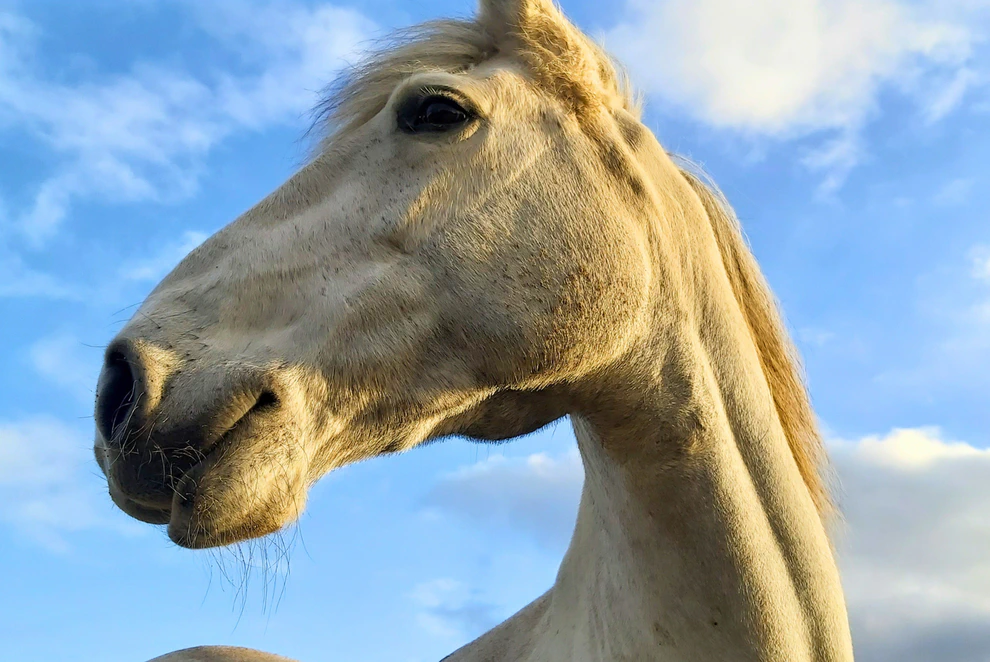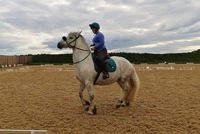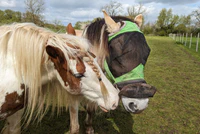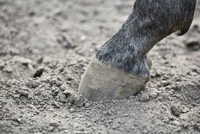Part 1: Understanding How Horses Learn
Horses are intelligent and perceptive animals, but their learning processes differ significantly from our own. In this first blog of a three-part series, we’ll explore the fundamentals of equine learning, laying the groundwork for effective and humane training techniques.
This series is designed to help you navigate the science behind horse training, making it accessible and actionable. By the end of the series, you’ll have a deeper understanding of the principles that guide your horse’s learning journey, tools to address behavioural challenges, and insights into fostering a stronger bond with your equine companion.
Why Learning Theory Matters
Learning theory is a scientific framework that explains how organisms, including horses, acquire, process, and apply knowledge. It forms the foundation of Equitation Science (ES)—a discipline that integrates scientific research with horse training to enhance welfare and performance.
Historically, humans have assumed that horses think and learn like us. However, scientific studies reveal crucial differences that must guide our approach. By understanding these distinctions, we can train horses in ways that are predictable, effective, and kind.
The Science of How Horses Learn
Horses process information in straightforward and predictable ways, allowing trainers to establish clear communication pathways.
- Non-associative learning involves changes in behaviour based on repeated exposure to a stimulus.
Habituation:
The horse learns to ignore a stimulus that has no consequences. For example, a horse grazing near a road may become desensitised to traffic sounds over time. Habituation is vital for safe training, helping horses remain calm in new environments.
Sensitization:
The horse’s response intensifies with repeated exposure to a stimulus, especially when that stimulus is perceived as threatening. For instance, a horse may become more reactive to an unfamiliar sound if it is presented abruptly or repeatedly in a stressful context.
- Associative learning involves forming connections between events. We as humans do this all the time, think about when we see ‘dark grey clouds’ we have learnt that that means rain or bad weather is on the way. We have created an association between ‘dark grey clouds’ and ‘rain’.
Classical Conditioning:
The horse learns to associate a previously neutral stimulus with a meaningful one. For instance, a horse may associate the sound of a feed bucket with the arrival of food. In training, this process enables cues like voice commands or rein signals to elicit desired behaviours.
Operant Conditioning:
This involves learning through the consequences of behaviour. Horses adapt their actions to maximize rewards or minimize discomfort. Operant conditioning is key for teaching new skills and managing behaviour.
Operant conditioning is one of the most commonly used learning theories in horse training. However, it can be tricky to fully grasp due to the terminology, which originates from psychological concepts established at the time the theory was formalised. To make matters more confusing, shorthand terms like +R (positive reinforcement) or the occasionally inaccurate R+ are often used, though the correct abbreviation is actually VE+R. These terms can vary depending on whether the trainer is from Europe, the U.S., or has a different background, adding another layer of complexity. Unfortunately, this inconsistency can make the subject unnecessarily confusing for everyone involved.
The key points to remember are straightforward. Reinforcement strengthens a behaviour (think of reinforcing a bridge to make it sturdier), while punishment is designed to reduce the likelihood of a behaviour (similar to sending someone to prison for committing a crime).
The “plus” and “minus” symbols in operant conditioning indicate whether something is being added or removed. For example, prison involves the addition of confinement, just as adding metal beams reinforces a bridge. Conversely, negative punishment involves removing something desirable to decrease a behaviour—for instance, if a child knocks their dinner to the ground, their dinner is taken away to discourage the behaviour.
It’s important to think of this in mathematical terms: adding or removing something based on behaviour. There’s often debate about which method is “better,” but it’s not about good or bad—these concepts simply are. They’re like oxygen in the air, a fundamental part of how learning happens. Moreover, we can’t only use one quadrant of operant conditioning; they’re interconnected.
For example, imagine I’m rewarding my horse with food (positive reinforcement) for standing still while I handle their feet. If the horse moves or refuses to cooperate, they lose access to their hay (negative punishment). These processes often occur simultaneously, sometimes without us even realising it. They’re neither inherently good nor bad; they’re just how horses learn, whether we intend them to or not.
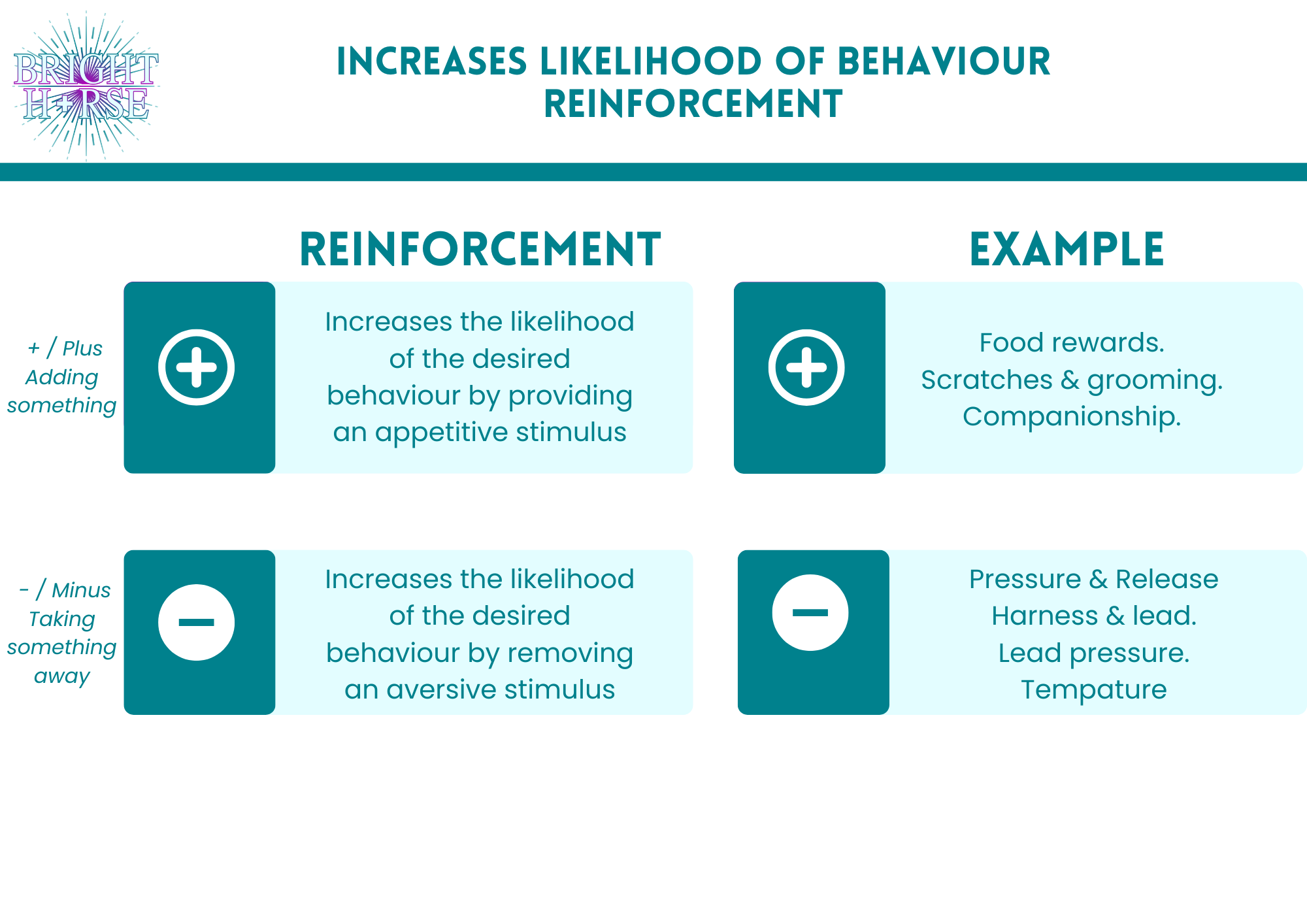
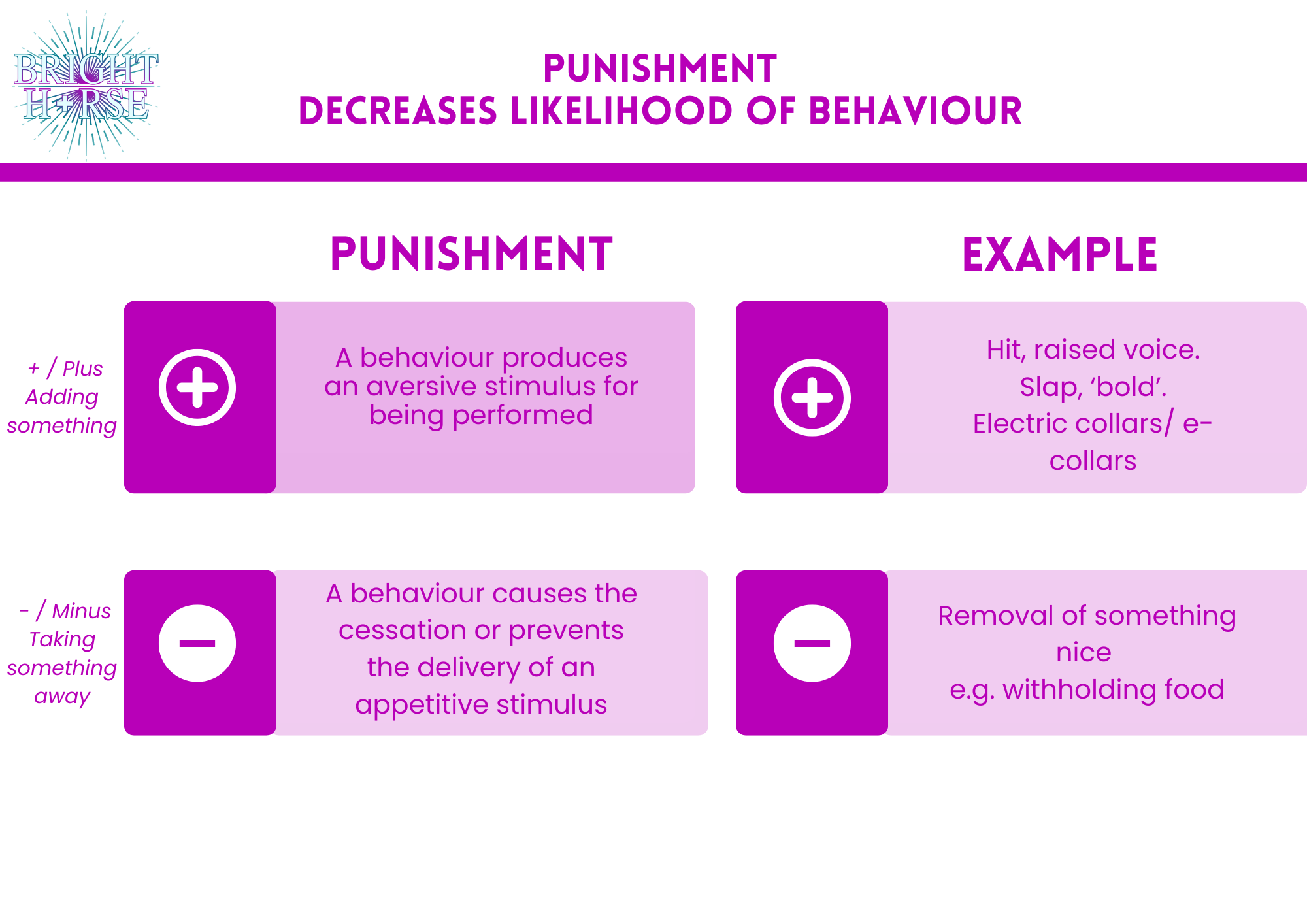
The Role of Timing and Consistency
For training to work well and stay kind to the horse, timing and consistency are absolutely critical. Horses do best when they can rely on cues being predictable, and when reinforcements happen right away. If the timing is off or cues aren’t consistent, it can lead to confusion, frustration, and even unwanted behaviours.
Horses need to figure out how to apply learned behaviours in different situations (generalisation) and how to tell the difference between similar cues (discrimination). For example, they might learn to stand still in both a quiet barn and a busy showground, but also need to recognise distinct signals for “stop” versus “slow down.” Shaping is key, this involves teaching complex behaviours by breaking them down into smaller steps. You reward small improvements as the horse gets closer to the final behaviour, gradually building toward the desired outcome.
Finally we want to ensure that we have ‘Stimulus Control’ this means ensuring the horse responds reliably to a specific cue. Achieving this requires clear signals, consistent use, and the right reinforcement at the right time.
By focusing on these principles, training becomes clearer for both horse and trainer, setting the stage for mutual understanding and success.
The Importance of Equitation Science
Equitation Science bridges learning theory with horse ethology—the study of natural behaviours—to refine training methods. By aligning training practices with scientific insights, Equitation Science prioritises are what we I think as horse riders and owners we all really want. We want to establishing a common language between horse and rider. We want to enhance welfare and reduce stress, as well as promoting mental and physical well-being. And or course we want to optimised our raining, so we can achieve results efficiently while preserving the horse’s dignity.
Training is not without its challenges. Horses are prey animals with instincts that can complicate learning, such as bolting in response to fear. Additionally, one-trial learning (which is just want it sounds like… which is so hard for us..), where a horse forms strong associations from a single negative experience, underscores the need for careful and humane methods.
Finally, we must guard against anthropomorphism—attributing human emotions or reasoning to horses—because it can lead to misunderstandings and inappropriate training practices.
This introduction to equine learning sets the stage for the next installment in our series. In Part 2, we’ll delve into practical strategies for addressing common behavioural challenges using evidence-based methods.
Stay tuned as we continue to explore how understanding the science of horse learning can transform your training approach.

